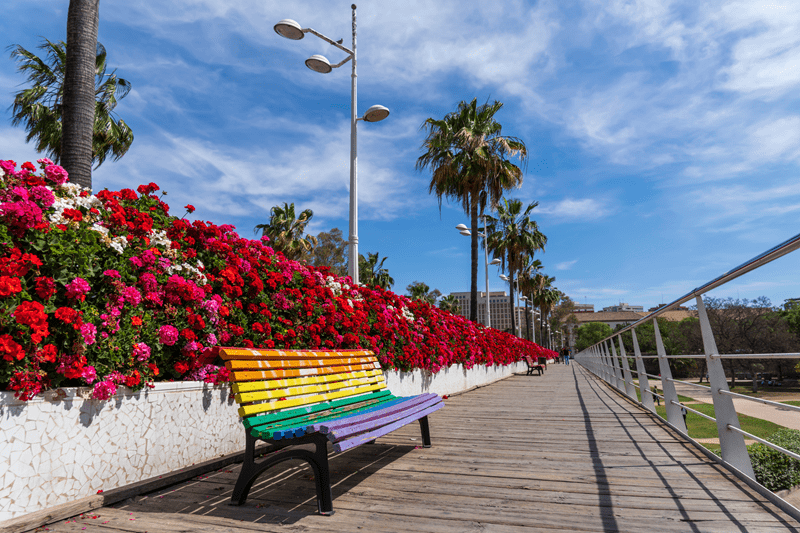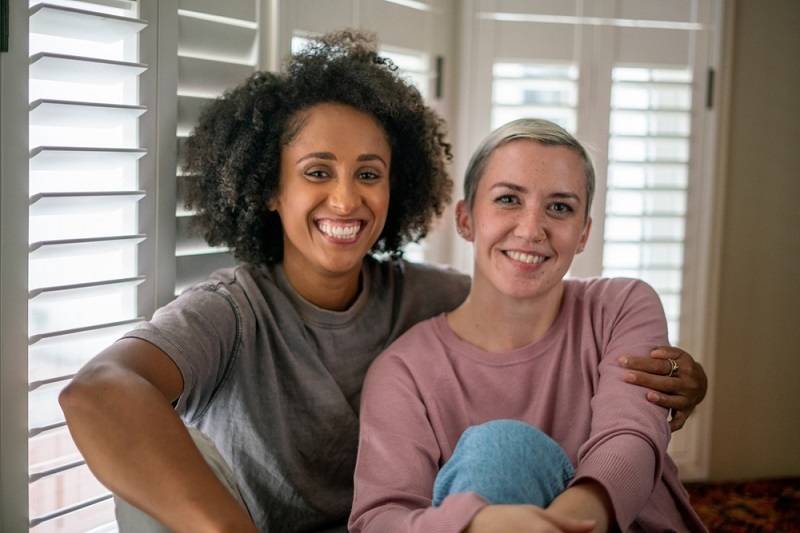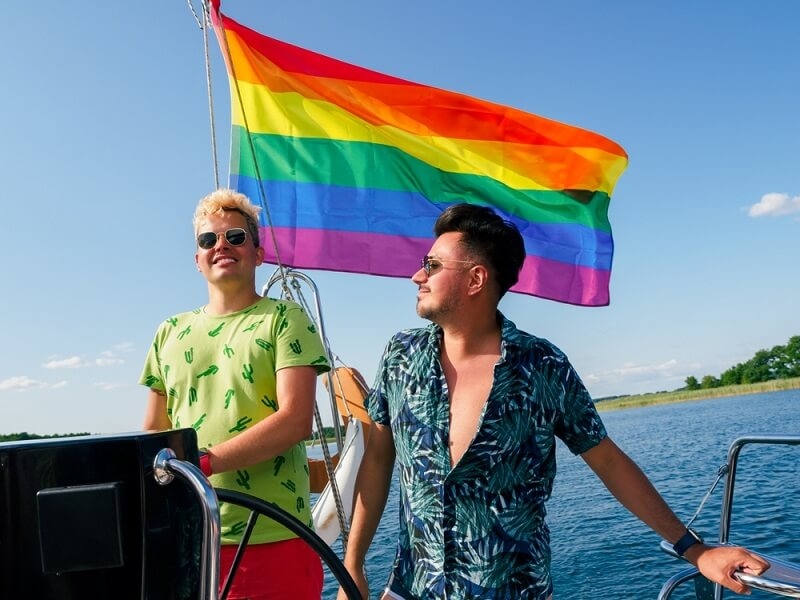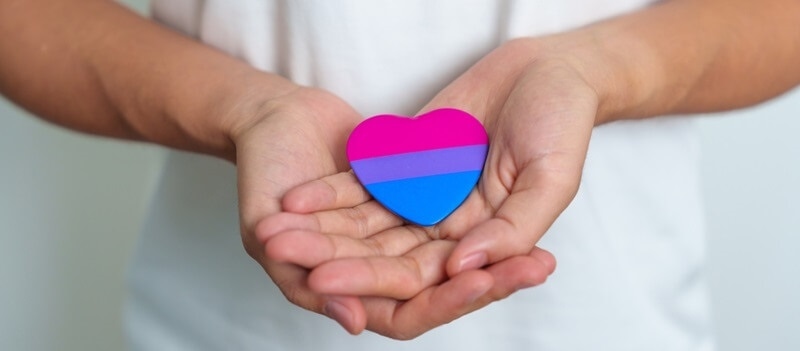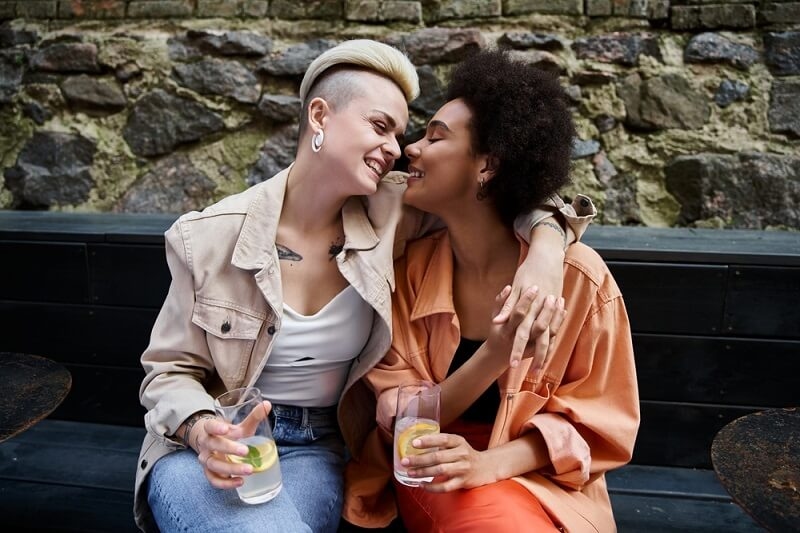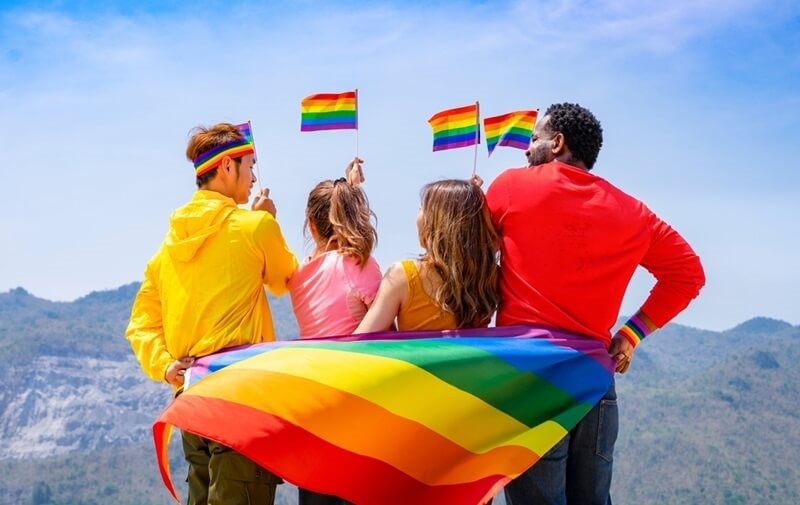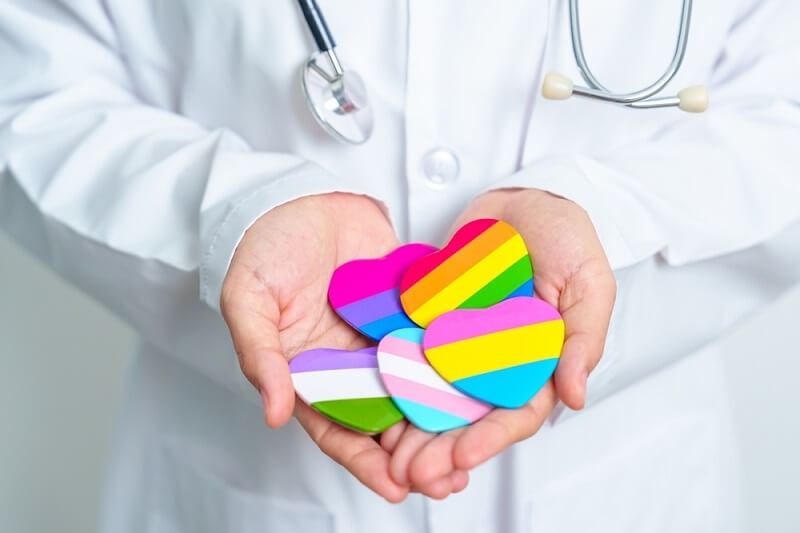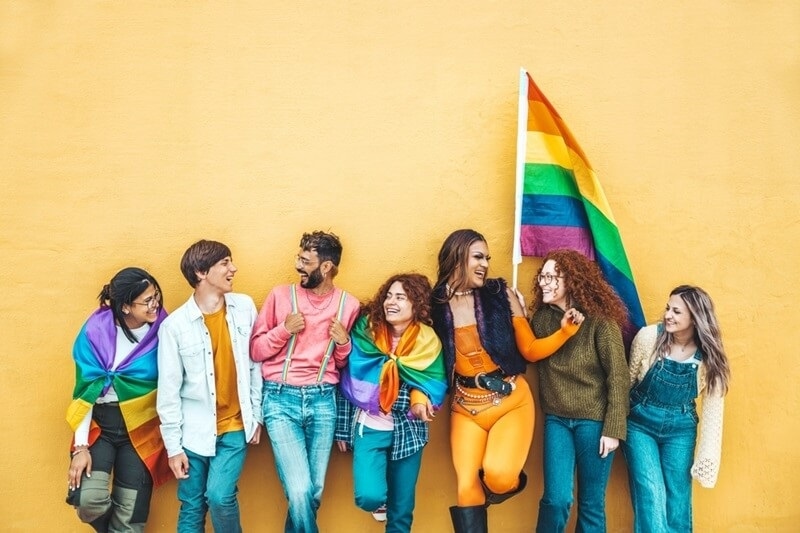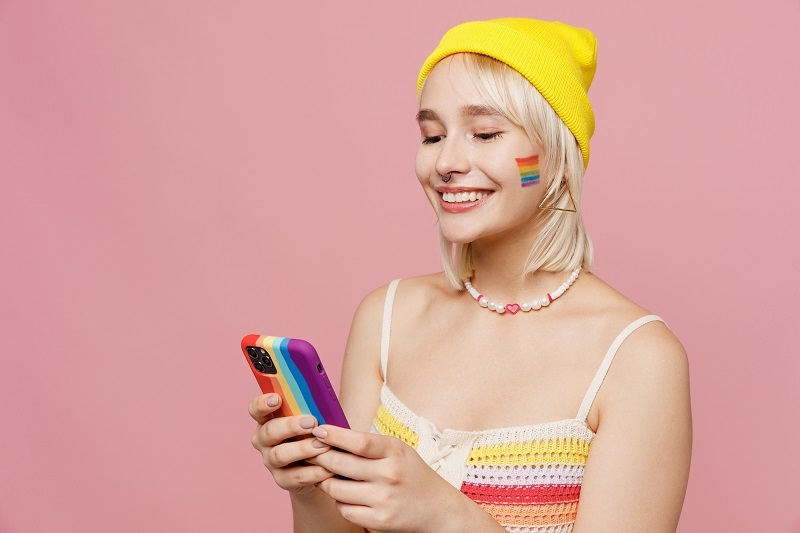LGBTQ Social Acceptance in 2025: Shifts and Challenges
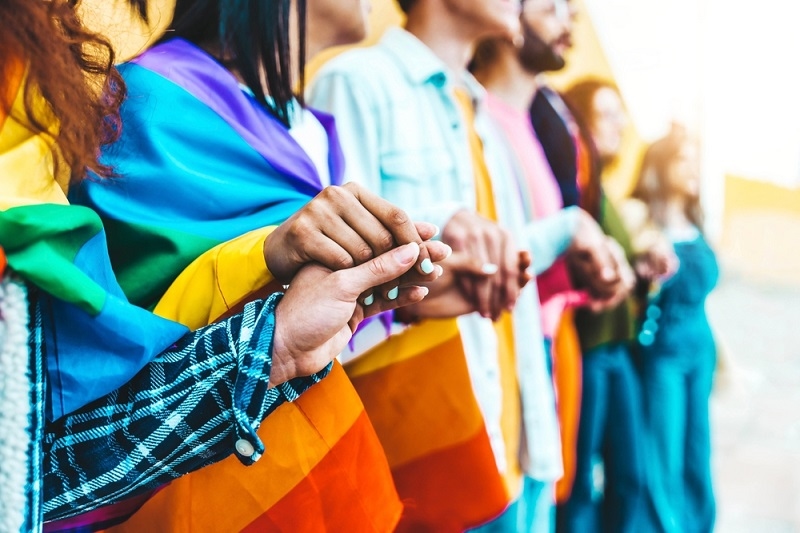
Social acceptance of LGBTQ people isn’t a straight line. Some things have gotten better, some worse, and a lot still sits in that messy middle ground no one talks about. If you zoom into the gay community 2025, you’ll see a mix of confidence and exhaustion. Pride flags are out in the open more than ever, but so are the voices trying to shove them back in the closet.
Acceptance today isn’t about legal checklists anymore. It’s about what happens in everyday life—the quiet moments that show whether someone is truly included or just tolerated. That’s where the real measure of progress lies.
The Gay Community in 2025: A Double Reality
Talk to anyone in the gay community in 2025, and you’ll hear two truths at once. On one side, there’s a lot to celebrate. Marriage equality has been secured in many places, and younger generations are more open than ever. LGBTQ identities aren’t whispered about—they’re openly discussed in schools, at workplaces, and on streaming platforms.
But the other truth? Fear still lingers. Many people remain cautious about holding their partner’s hand in public or casually mentioning a same-sex relationship at work. Behind the big wins are the small battles—the side comments, the judgmental looks, the “don’t make it political” remarks when queer issues come up.
So yes, the gay community in 2025 is more visible, but that doesn’t erase the vulnerability. Progress brought attention, and attention isn’t always kind.
Explore More: LGBTQ Care: How Metaverse Support Groups Redefine Youth
Everyday Inclusion: Where Acceptance Shows Up
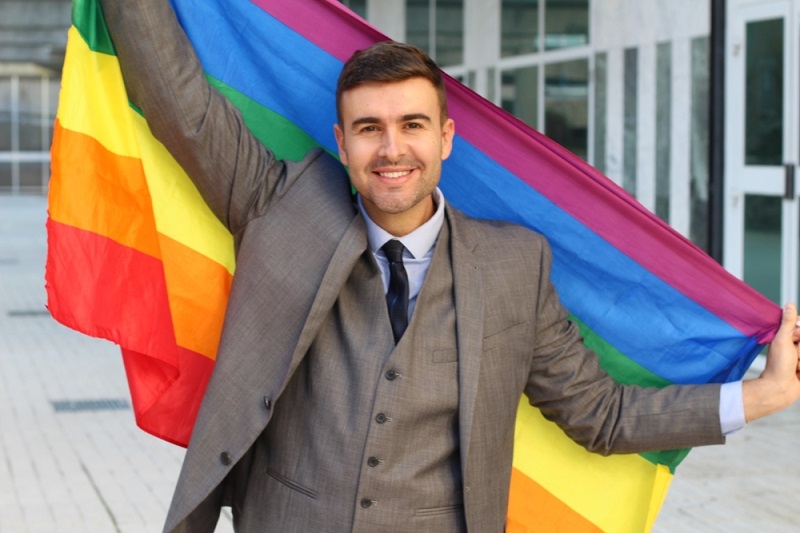
The phrase that really captures the current struggle is everyday inclusion. Laws and policies can mandate equality, but they can’t dictate kindness. They can’t guarantee that a queer teenager won’t feel like an outsider in their own classroom or that a gay employee won’t be left out of team lunches.
Everyday inclusion is about the little things:
- Does a school acknowledge two moms or two dads without making it a spectacle?
- Do companies ask for pronouns on forms and then actually use them correctly?
- Can queer coworkers share weekend plans without editing details out of fear?
The truth is, inclusion isn’t just policy—it’s culture. It’s in the way we treat each other casually, not just in official statements during Pride month. And the gay community 2025 is demanding that these “small” acts of acceptance stop being optional.
Without everyday inclusion, equality stays symbolic. With it, equality becomes lived reality.
Visibility in Media: Beyond Token Representation
Representation on screen has always carried weight for queer people. For decades, we either weren’t there at all, or we were caricatures and tragedies. That’s shifting now, but visibility in media still has a long way to go.
It’s not enough to slot in a token gay character who exists only as comic relief or whose storyline ends in heartbreak. Authentic visibility in media means complex queer characters who love, work, struggle, succeed, and fail just like anyone else.
For the gay community 2025, media visibility is more than entertainment—it’s survival. It shapes how society sees queer lives, but it also shapes how queer people see themselves. A teenager who watches a queer rom-com where love ends happily walks away with more hope than a hundred lectures on tolerance could ever give.
And visibility works both ways. Straight audiences get educated. They’re confronted with realities they might not otherwise consider. The more layered and authentic these stories become, the harder it is to cling to stereotypes. That’s the power of visibility in media done right.
Related Reads: The Evolution of Queer Culture: Trends & Shifts
Coming Out Stories: Courage, Risk, and Connection
Few things capture the complexity of LGBTQ life more than coming out stories. They’re deeply personal, often emotional, and always risky.
For some, coming out feels liberating—the moment they finally breathe freely. For others, it leads to rejection, conflict, or even danger. Yet, despite the risks, coming out stories keep being told because they matter.
These stories ripple outward. Within the gay community 2025, they create solidarity—reminders that no one is alone in the fear, the hesitation, or the joy of saying the words, “This is who I am.” Outside the community, coming out stories humanize the struggle in a way statistics can’t. They turn abstract “issues” into faces, voices, and lives.
Still, it’s important to remember: coming out isn’t an obligation. No one owes their story to anyone. What matters is that when stories are shared, they’re met with respect instead of judgment.
The Struggles That Haven’t Gone Away
It’s tempting to frame progress as linear, but reality says otherwise. The gay community 2025 still faces challenges that can’t be ignored:
- Backlash movements. Whenever there’s progress, there’s pushback. In some countries and even parts of the U.S., new laws and policies are rolling back protections under the guise of “traditional values.”
- Mental health pressures. Constant microaggressions and the need to “stay alert” take a toll. Queer people are still more likely to experience anxiety, depression, and isolation.
- Intersectional blind spots. Not all queer experiences are the same. A white gay man in a city doesn’t face the same barriers as a queer person of color in a rural area or a trans woman in a conservative community. Conversations about social acceptance often gloss over these differences.
These aren’t small hurdles. They’re ongoing reminders that acceptance isn’t a finish line—it’s an everyday negotiation.
Why Social Acceptance Matters for Everyone
Some people think LGBTQ acceptance is just “their issue.” It isn’t. The push for equality reshapes society for everyone. When queer people are safe to live openly, it sets a broader precedent: difference doesn’t need to be feared.
Think about everyday inclusion again. If workplaces, schools, and communities learn to treat LGBTQ lives as normal and valid, that openness carries over to how they treat immigrants, people with disabilities, or anyone outside the so-called “default.”
And when visibility in media becomes authentic, it enriches storytelling for everyone. More complex characters, richer narratives, more voices—it’s a cultural win, not just a queer one.
Even coming out stories, while rooted in LGBTQ life, carry a universal truth: the courage to live openly benefits every person who has ever hidden part of themselves.
You may also like: How LGBTQ+ History is Taught in Schools: Progress & Barriers
Final Thought
The path toward LGBTQ social acceptance isn’t neat, and it’s not finished. The gay community 2025 carries both pride and fatigue—pride for how far it has come, and fatigue from constantly needing to prove its right to exist openly.
If society wants to claim progress, it needs to show up in the small, daily ways that matter most. Everyday inclusion isn’t optional, visibility in media must be authentic, and coming out stories should be met with respect, not risk.
The fight isn’t just about queer lives—it’s about building a culture where everyone, no matter who they are, can show up fully as themselves. And that kind of acceptance? It makes life better for all of us.






